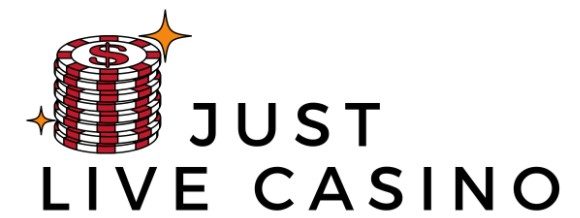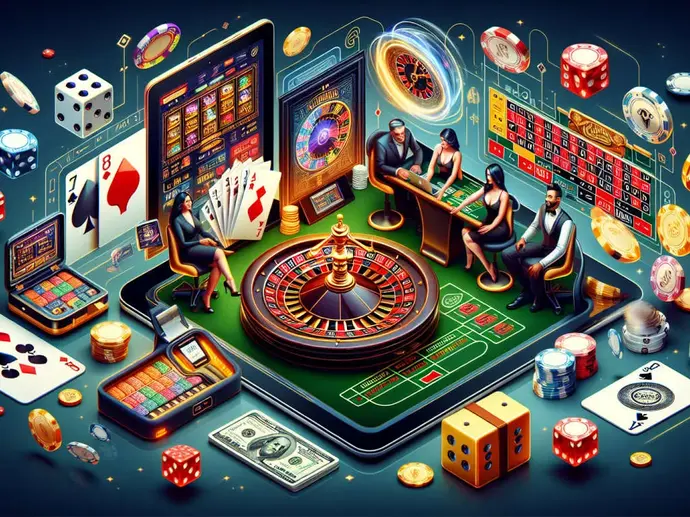In recent years, educational gaming has become a powerful tool for raising awareness about real-world issues, including food fraud. By leveraging interactive mechanics, game designers can simulate scenarios where players must identify fake or misleading food products, making the learning experience both engaging and memorable. Eat-and-run Verification (먹튀 검증) games combine entertainment with education, helping players develop critical thinking skills that can translate into real-world vigilance.
One of the core mechanics used in these games is pattern recognition. Players are often presented with a variety of food items, some authentic and some counterfeit. By examining labels, ingredients, and visual cues, they learn to spot inconsistencies that indicate fraud. Repeated exposure to these patterns in a game environment allows players to internalize the characteristics of legitimate products, improving their ability to detect suspicious items in real life.
Another effective mechanic is decision-making under pressure. Many games introduce time limits or limited resources, requiring players to quickly determine which products are trustworthy. This mirrors real-life shopping experiences, where consumers must often make quick judgments about unfamiliar brands or ingredients. By practicing these decisions in a safe virtual setting, players can build confidence and sharpen their instincts for identifying fraudulent food items.
Scenario-based learning is also widely used in games that focus on food fraud. Players might take on the role of inspectors, journalists, or even consumers navigating a marketplace filled with counterfeit goods. These scenarios often include branching storylines, where each choice leads to different outcomes. This mechanic not only reinforces the consequences of failing to detect fraud but also encourages players to think strategically about how they gather information and make judgments.
Reward systems play a crucial role in motivating players to engage with food fraud detection mechanics. Points, badges, or in-game currency are often awarded for correctly identifying fraudulent products or making informed choices. This positive reinforcement encourages players to pay closer attention to details and rewards careful analysis, making the learning experience enjoyable while reinforcing the educational objectives.
Games can also incorporate simulated investigative tools. For example, virtual magnifying glasses, chemical testers, or digital scanners allow players to examine products more thoroughly. These tools teach players about the investigative techniques used by food safety authorities and create an interactive learning environment where trial and error is safe. Over time, players become more adept at using evidence and reasoning to make informed decisions.
Collaboration and competition are additional mechanics that enhance learning. Multiplayer games allow players to work together to uncover fraudulent items or compete to see who can spot counterfeits fastest. Collaboration encourages knowledge sharing and discussion, while competition motivates players to improve their skills. Both approaches foster engagement and reinforce lessons about vigilance and attention to detail.
Finally, progressive difficulty ensures that players are continuously challenged. Early levels may present obvious examples of food fraud, while later stages introduce subtle or sophisticated counterfeits. This gradual increase in complexity helps players develop advanced analytical skills and keeps them motivated to continue learning.
By combining these mechanics, educational games create immersive environments where players learn to detect virtual food fraud in ways that are interactive, engaging, and effective. Beyond entertainment, these games foster critical thinking, attention to detail, and informed decision-making, all of which are valuable skills in the fight against food fraud in the real world.



